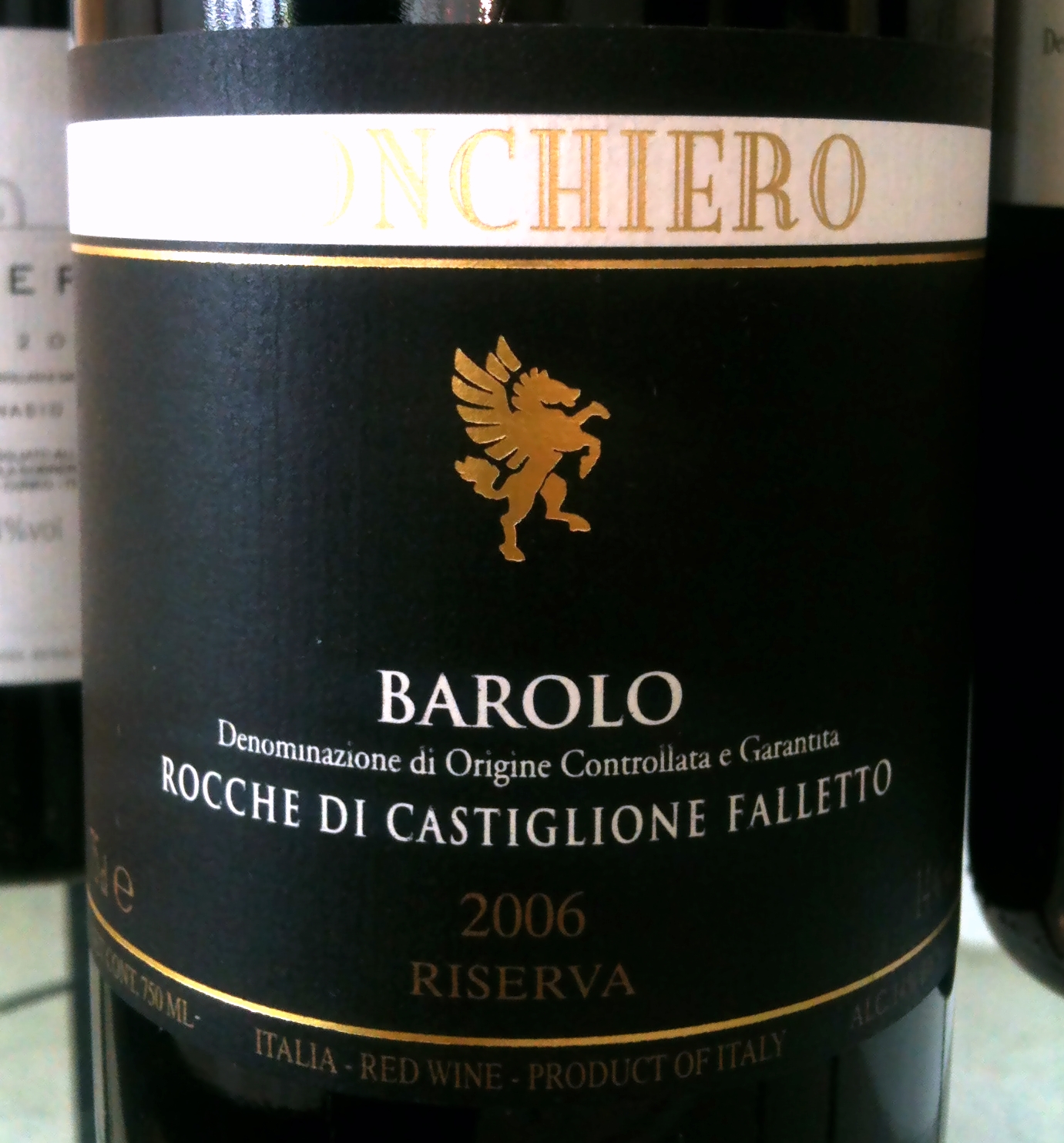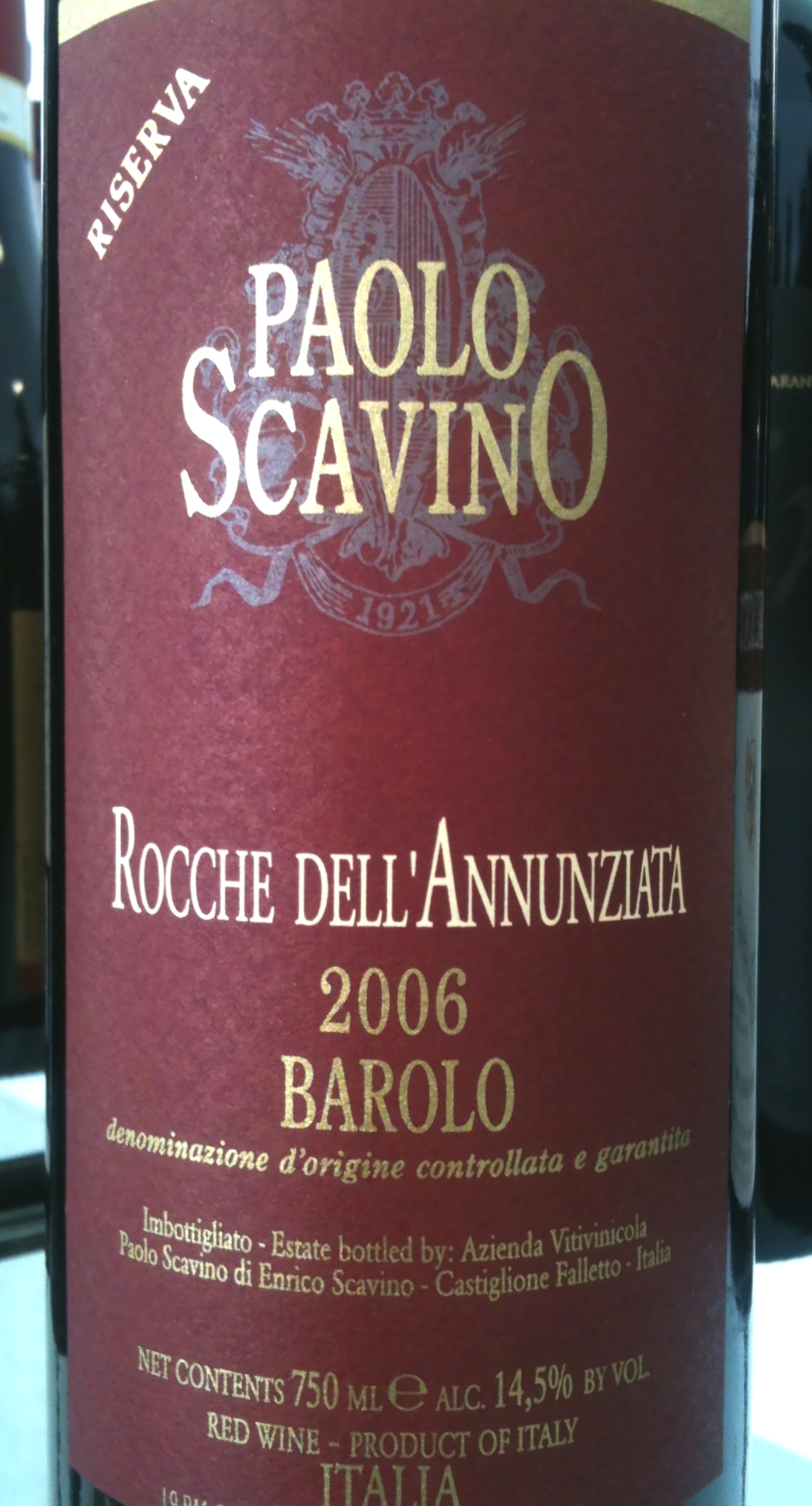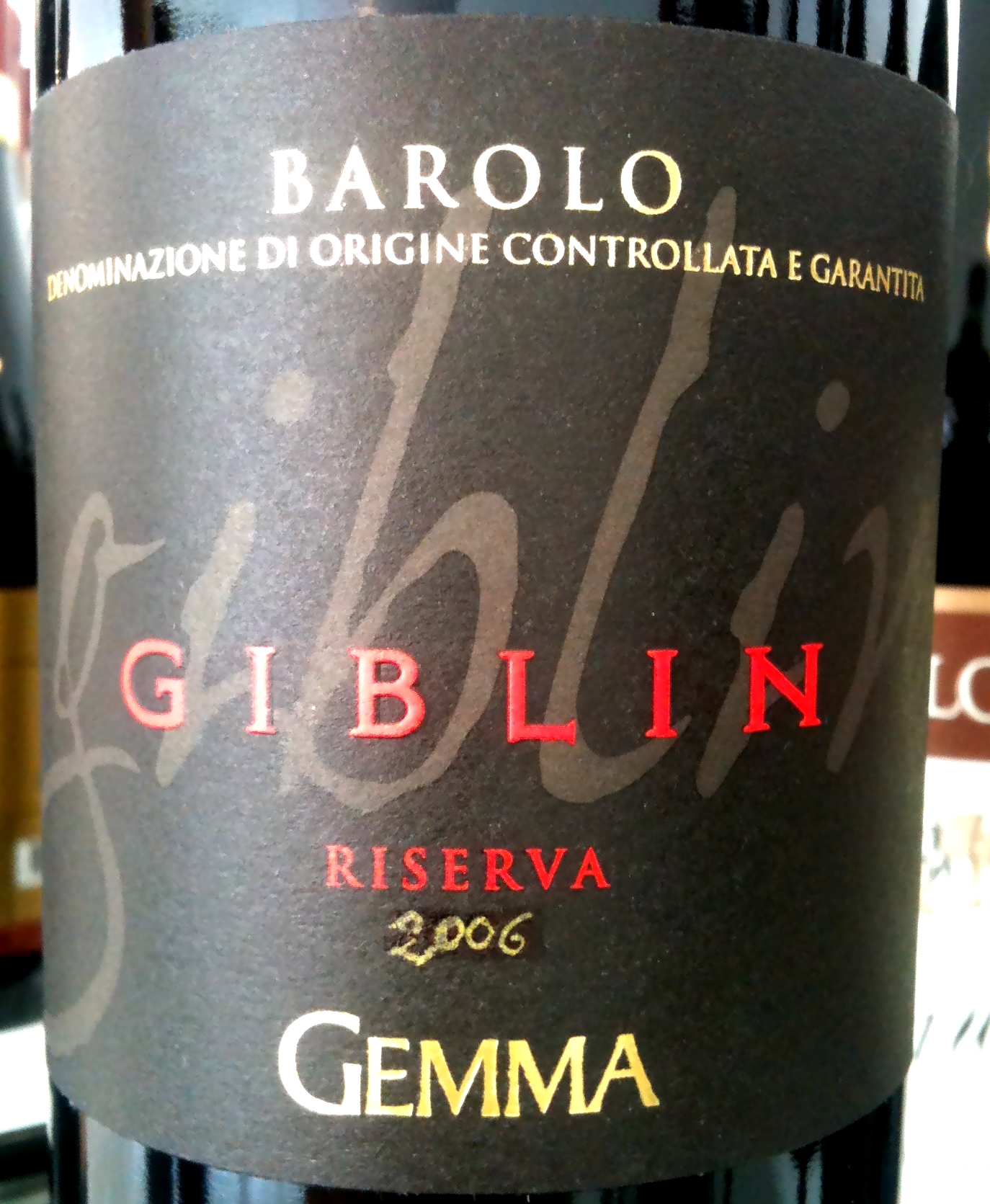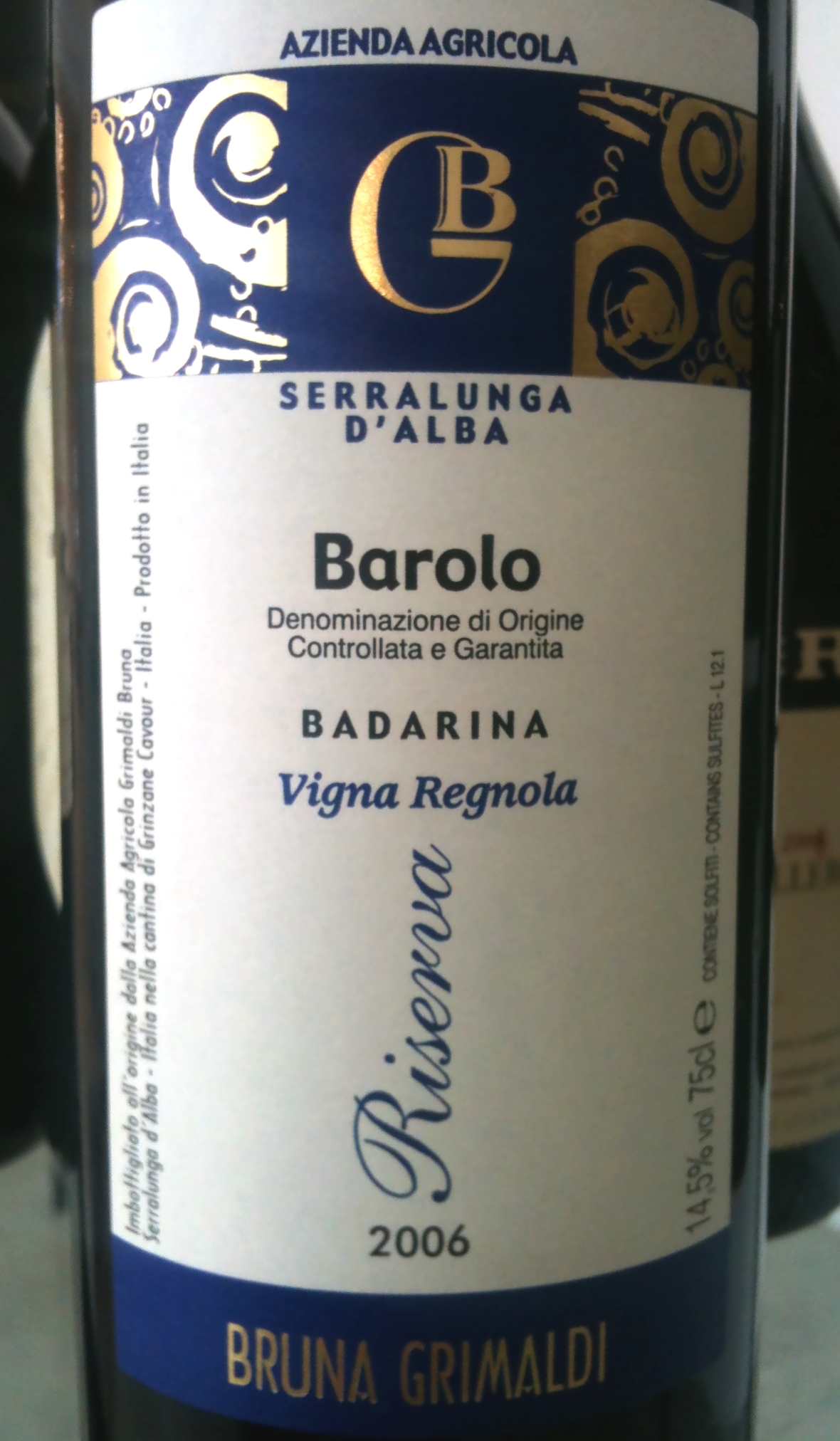Barolo Riserva 2006: The kingdom of wood
Posted on 28 May 2012
[See my Nebbiolo Prima 2012 index page]
So my last tasting at Nebbiolo Prima in Piedmont was Barolo Riserva 2006. Theoretically it is the best bit; the dessert. After all, 2006 is acclaimed as one of the best vintages in living memory and Riserva should be something special to cherish and look forward to.
Well it isn’t. And I’m actually quite appalled by what I tasted this year. These 2006s are by and large underwhelming wines, and the majority should not be Riservas at all – they’re not worthy of any special designation.
Now last year, tasting the inferior vintage of 2005, I was quite happy with the Riservas, so the question mark with the 2006s is whether they might actually be in a ‘dumb phase’ and waiting to reveal their superior qualities with further ageing. They might well be. Some wines appear to have the structure to improve, with fine tannins and good acids, and my problem with them is that they lack fruit – at the moment. It’s notably the case of such perennial favourites as Cavallotto’s Vignolo and San Giuseppe, or Ettore Germano’s Lazzarito that I liked so much in the 2005 vintage just a day before. They might re-emerge, and I look forward to retasting them in due time when the fruit resurrects.
But will it? The other major problem with many wines is that they taste tired, oxidative, and overoaked. I already indicated last year that in my view, the compulsory oak regime in Barolo is too long. 18 months of wood for Barolo normale (reduced from two years recently) is occasionally too long for some. Three years of oak for Riserva is an even tougher call. I’m a partisan of the Barolo tradition, and traditionally Barolo was oaked for very long times: sometimes up to six, eight, or even ten years for Riserva Speciale. (A designation that went out of use in the 1970s but that still encompasses some of the finest Barolos made in the 1950s and 1960s).
But those were different times. Barolo then was extremely tannic – extraction on the skins often lasted 60 days! – and needed very long ageing to soften; and the oak used back then was universally large, old, and neutral. Nowadays, I’d say 75% of producers use small or medium small French oak, lending an amount of tannins to the wine while softening the grape-generated tannins of Barolo. The result is fatter, plumper wines, without the iron-cast grainy tannins of the old style. The wines are denser, fatter and sweeter. But oxidation goes so much more quickly in a 225, 500 or 700-liter cask than an old 5000-liter botte of Balkan oak. In Bordeaux nobody keeps a wine in oak longer than 18–24 months, and then Cabernet has much more flesh and texture than the naturally ethereal Nebbiolo.
What will happen with these 2006s? Some will improve, but not that many (admittedly many of the top producers didn’t enter their Riserva into the tasting), and a large group will oxidise prematurely because it has seen too much oak, has lost all its fruit, and shows none of the depth and vibrancy that are the hallmark of great Barolo. When Barolo was the tightest wine on this planet Riserva made real sense. Now that vinification has turned 180 degrees and overripeness is increasingly becoming an issue, robbing the wines of the structure prerequisite for long oak ageing, who needs Riserva at all?
Disclosure
My trip to Piedmont including flights, accommodation and wine tasting programme is sponsored by the Albeisa association of wine producers.





